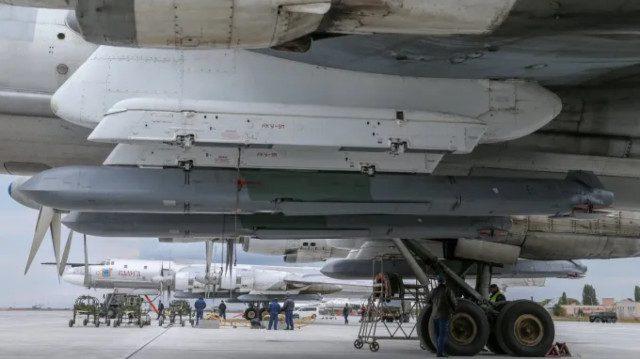Russia achieves eightfold increase in missile production Despite Western sanctions
Following Russia’s invasion of Ukraine, Western countries imposed stringent economic sanctions aimed at restricting Russia's access to Western technology and thereby hindering its military production capabilities. These sanctions have been updated annually since 2022.
While experts debate their effectiveness, statistics reveal significant developments. Before the invasion, Russia produced only 56 AS-23 [Kh-101] missiles, Caliber.Az reports per foreign media.
However, in 2023, reports indicate that Russia's production surged to 420 AS-23 missiles annually, marking an eightfold increase since the sanctions began.

Notably, the AS-23 missile was used in the July 8th attack on Kyiv’s “Ohmatdyt” children’s hospital, drawing media attention to the increased production. Investigations revealed that Russian AS-23 missiles contained components from Switzerland, Taiwan, and the United States. Ukrainian experts have noted a shift toward using domestically produced electronics in Russian missiles, including the Kalibr, Kh-59, Kh-101, Iskander, and P-500.
In March, inspections of missile navigation systems showed a significant integration of Russian-made electronics. This transition indicates Russia's dual strategy of leveraging external resources while bolstering domestic capabilities. BulgarianMilitary.com reported this trend in early 2023, noting Rosatom’s acquisition of MCST Elbrus AD, a local microprocessor developer, to enhance domestic production of critical components.
Russia's vast reserves of titanium and aluminum, essential for advanced military equipment, play a crucial role in this production increase. With abundant resources and improving manufacturing infrastructure, Russia is overcoming the challenge of limited domestic electrical components, enabling a substantial increase in missile production, including the Kh-101.








